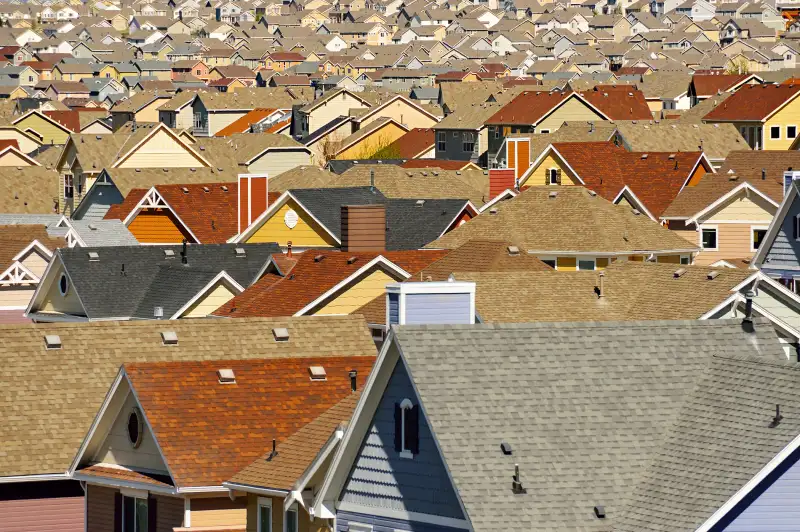This Calculator Will Tell You Whether You're in the Middle Class

The middle class is no longer the majority in America.
Back in 1971, the middle class was thriving, with 61% of the adult population squarely in its $46,000 to $126,000 range—adjusted for inflation, of course—allowing them to enjoy the sounds of a still-alive Jim Morrison through the speakers of a brand new car.
Things have changed, according to Pew Social Trends. The percentage of American households occupying the middle class has been falling for decades, from 59% in 1981 to 54% in 2001, down to 51% in 2011. As of 2015, the middle class is not the majority. To be clear, it's still a strong plurality—just under 50% is still higher than either of upper- (21%) and lower-income (29%) levels combined—but the decline is huge. On the one hand, Pew says that's not all bad: The upper bracket grew more than the lower bracket. But median income for the middle class has gone down 4% since 2000.
So are you still a member? Well, Pew made a handy tool so you can find out.
(function(){function async_load(){var s=document.createElement('script');s.type='text/javascript';s.async=true;s.src='http://www.pewsocialtrends.org/wp-content/plugins/pew-scripts/js/iframeResizer.min.js';s.onload=s.onreadystatechange=function(){var rs=this.readyState;try{iFrameResize([],'iframe#pew21164')}catch(e){}};var embedder=document.getElementById('pew-iframe');embedder.parentNode.insertBefore(s,embedder)}if(window.attachEvent)window.attachEvent('onload',async_load);else window.addEventListener('load',async_load,false)})();